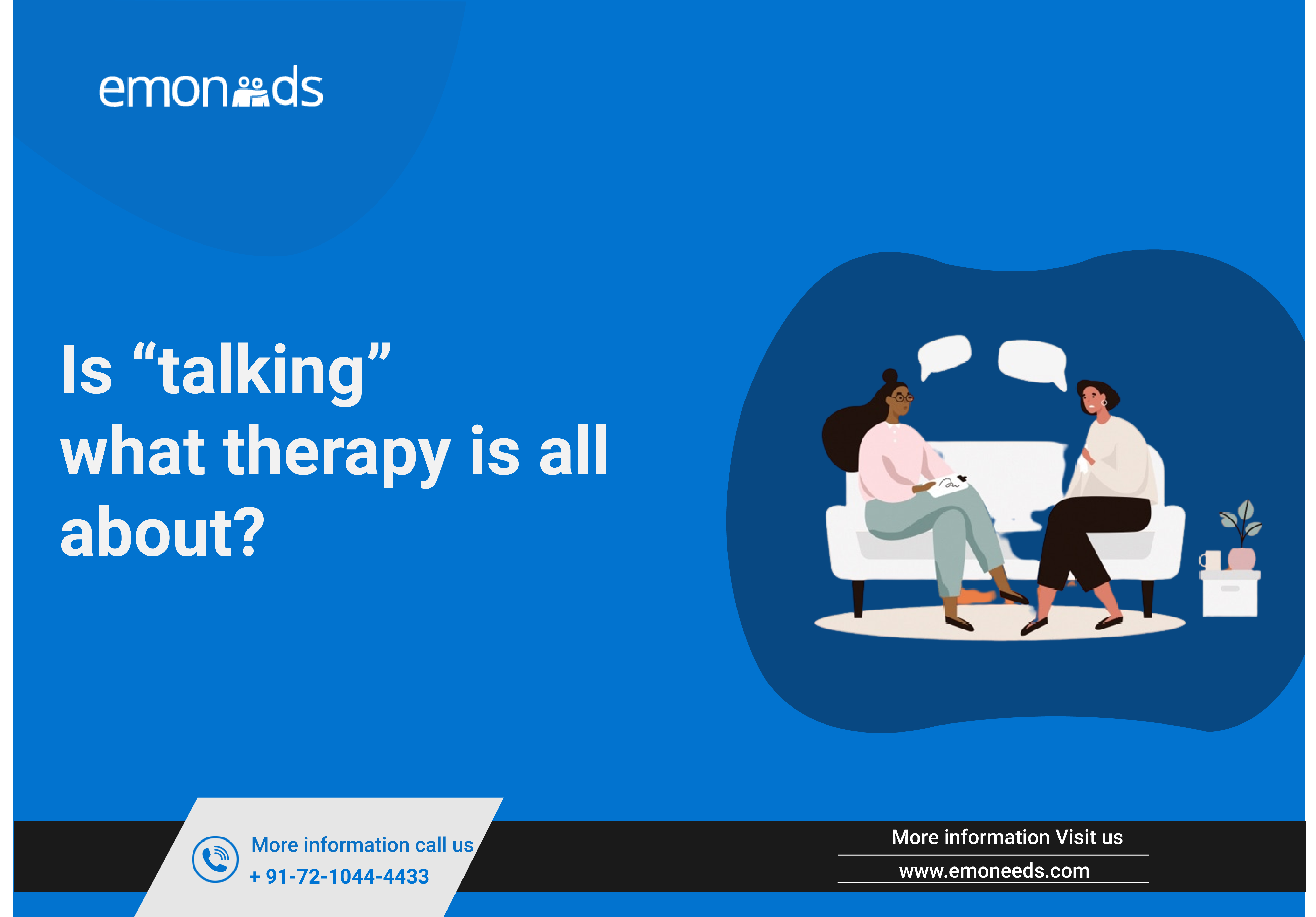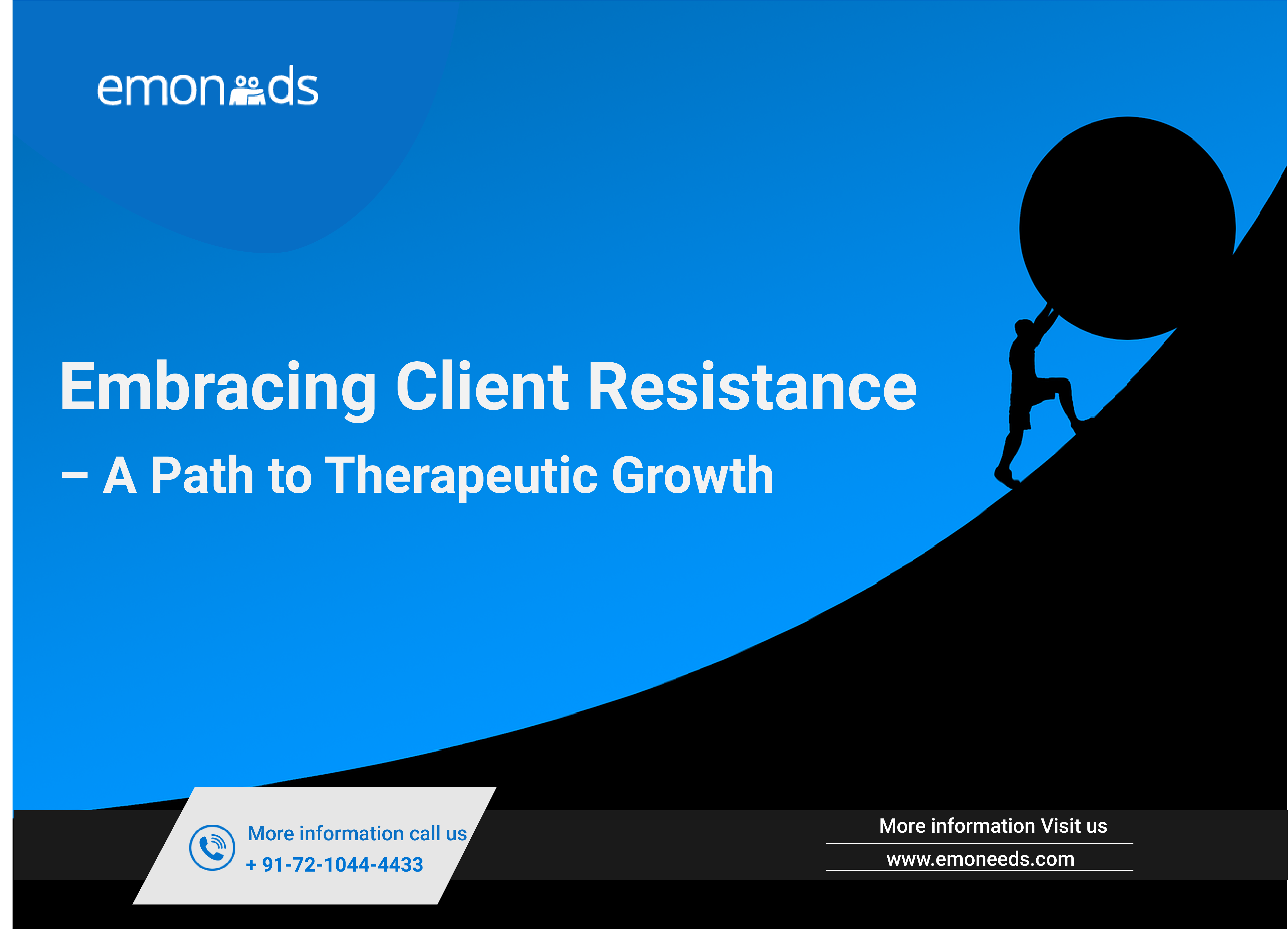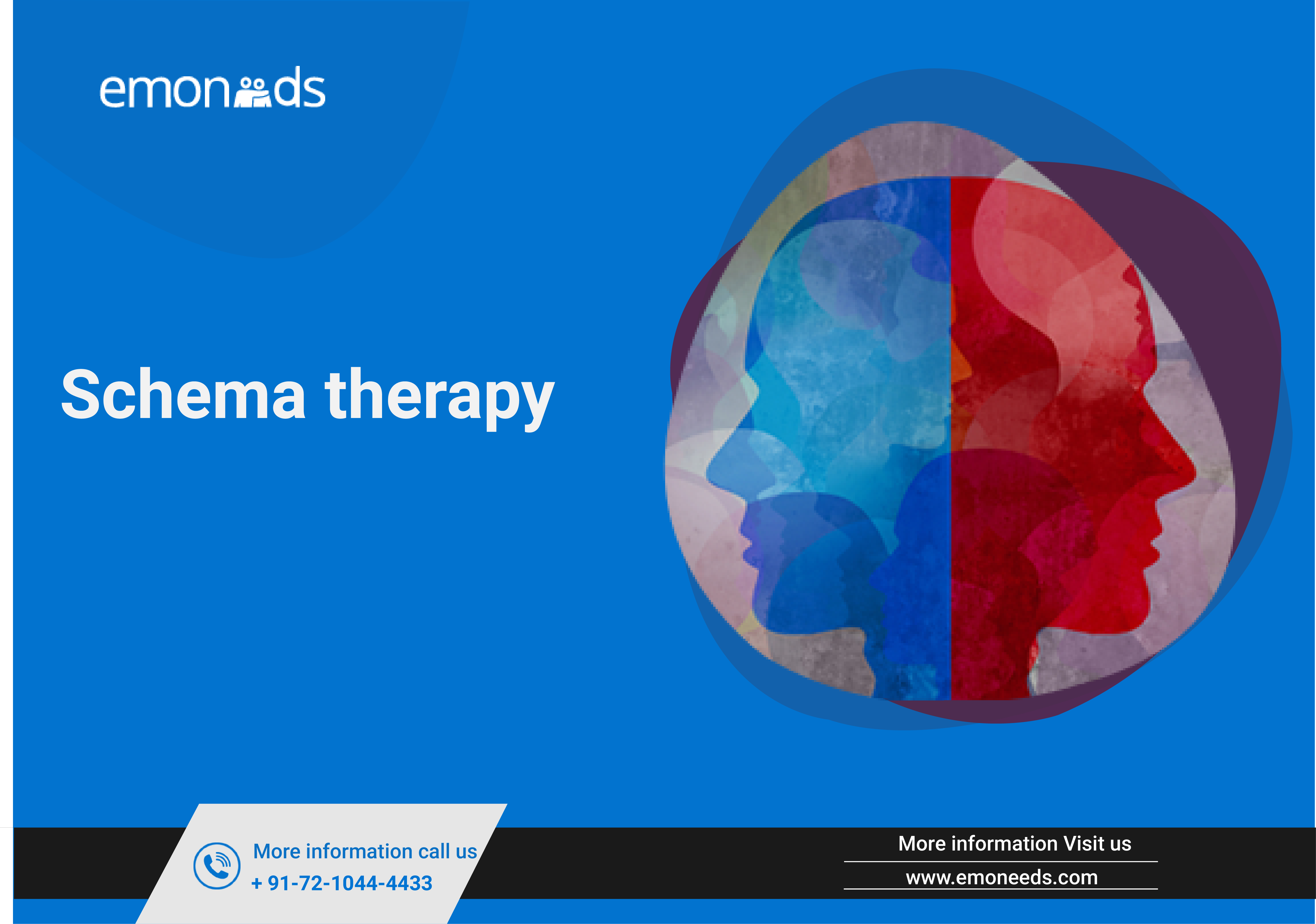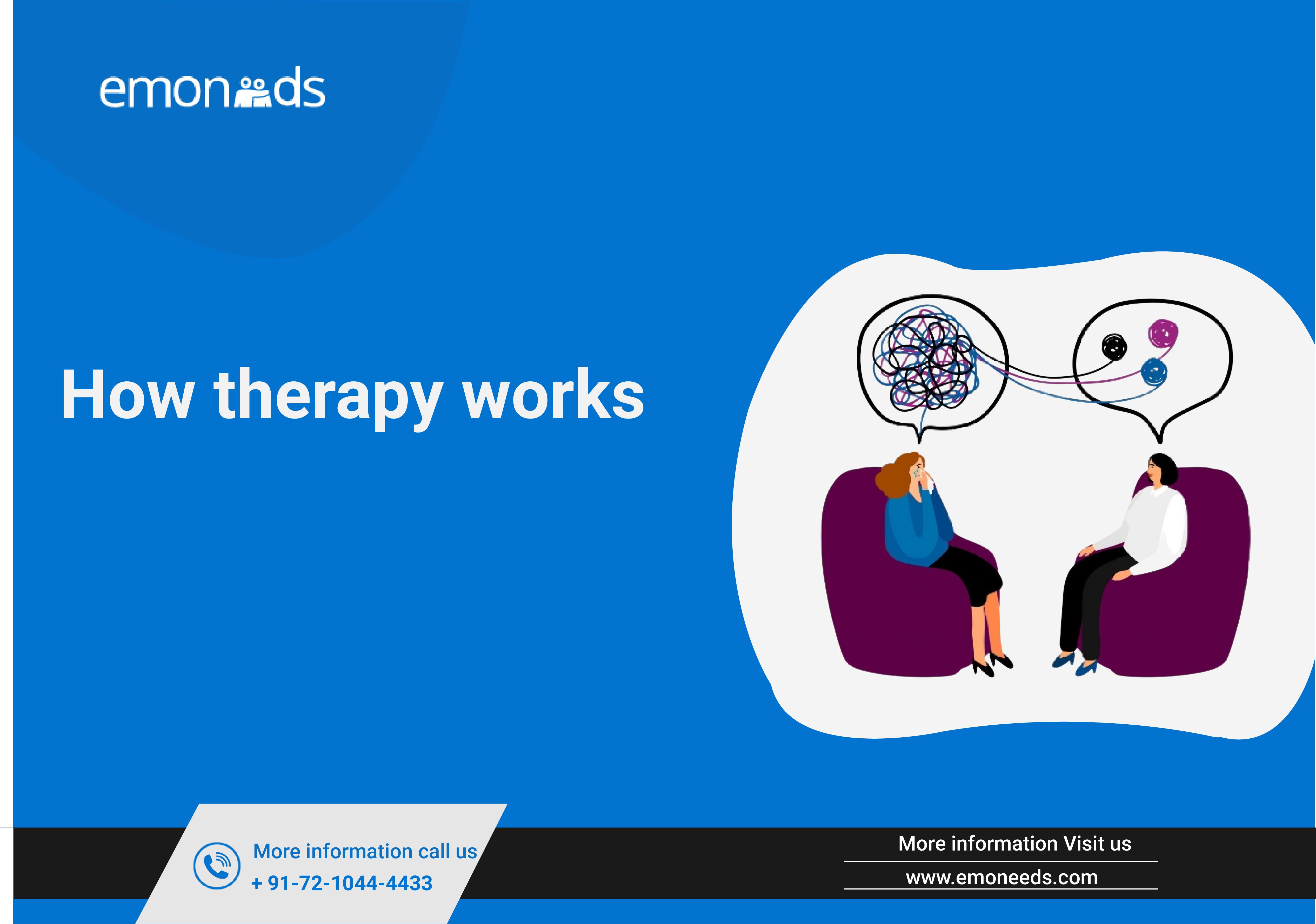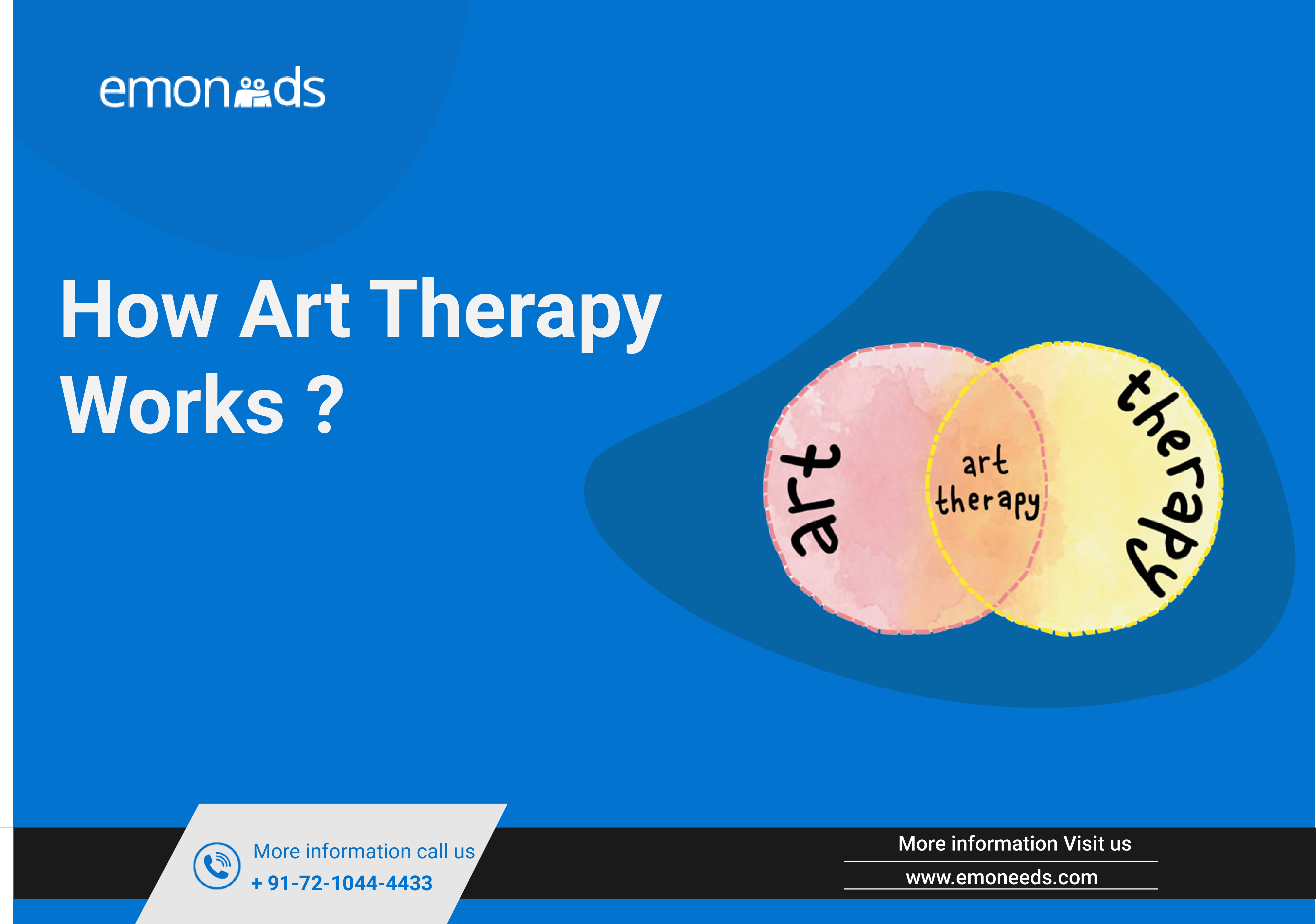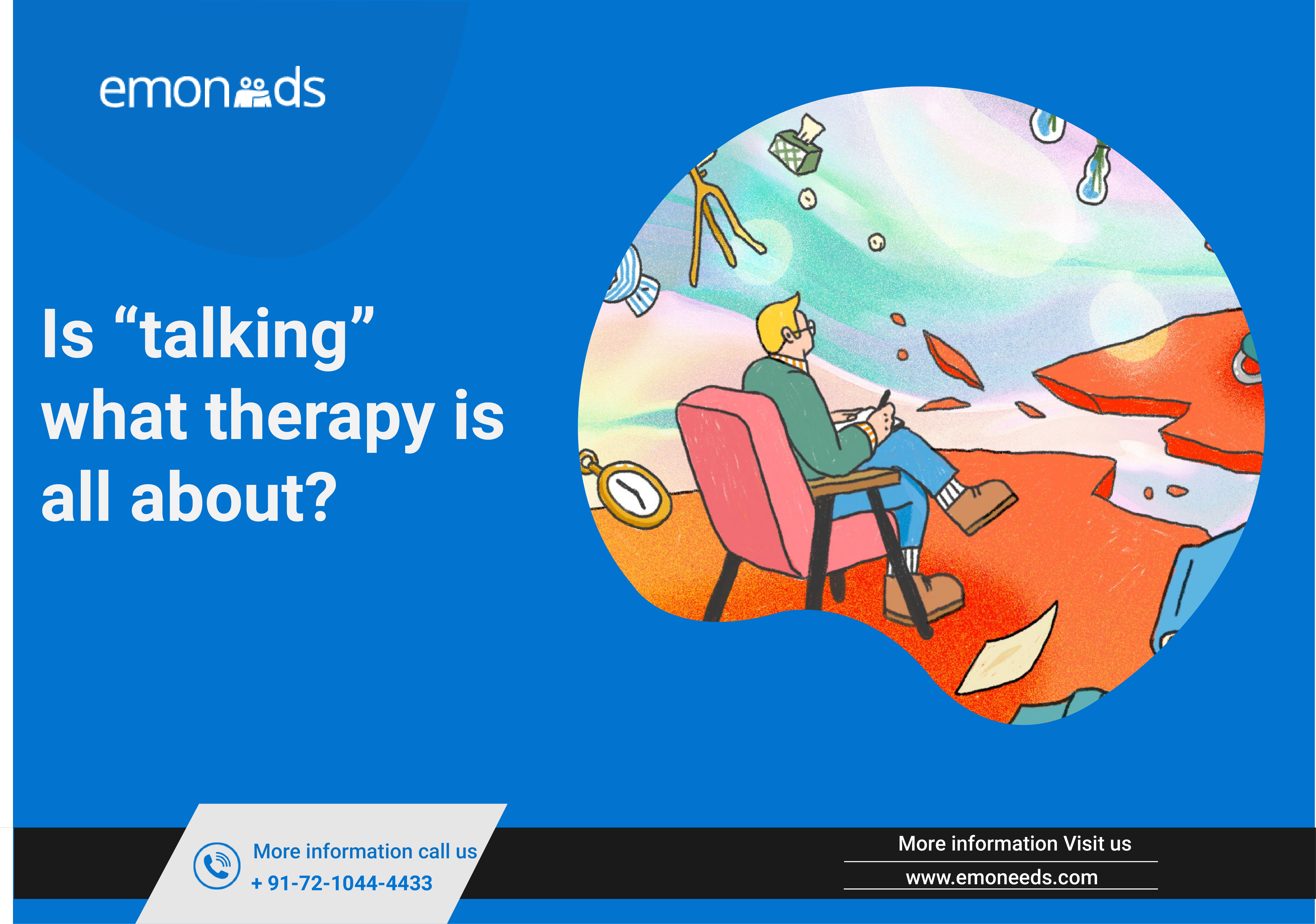
- August 21, 2023
- Saloni Kabra
- 0
Written by: Shivangi Aggarwal
While talking is a fundamental aspect of therapy, it is not the sole focus or purpose of therapy. Therapy encompasses a wide range of therapeutic approaches and techniques that go beyond simply engaging in conversation. Here are a few important points to consider:
- Communication and Expression: Talking serves as a means for individuals to express their thoughts, feelings, and experiences in a safe and non-judgmental environment. Verbalizing emotions and concerns can help individuals gain clarity, explore their internal landscape, and develop a deeper understanding of themselves.
- Emotional Support: Therapists provide empathetic listening and emotional support, creating a therapeutic alliance where individuals feel heard and validated. This can be essential for individuals who may not have a supportive network or struggle to communicate their emotions effectively.
- Problem-Solving and Coping Strategies: Therapists often work collaboratively with clients to identify and address specific challenges or difficulties they may be facing. Through conversation and exploration, therapists help individuals develop effective coping strategies, problem-solving skills, and healthier ways of thinking and behaving.
- Uncovering Patterns and Insights: Therapy aims to uncover underlying patterns and dynamics that contribute to mental health issues. Through conversations, therapists help individuals gain insight into their thoughts, emotions, behaviors, and relationship dynamics. This self-awareness can lead to personal growth, improved decision-making, and the ability to make positive changes.
- Evidence-Based Techniques: Therapy incorporates evidence-based techniques and interventions tailored to each individual’s needs. These techniques may include cognitive-behavioral therapy (CBT), dialectical behavior therapy (DBT), mindfulness-based approaches, trauma-focused therapies, and more. These approaches go beyond mere conversation and involve structured exercises, homework assignments, and skill-building activities.
- Therapeutic Relationship: The therapeutic relationship itself plays a significant role in therapy. It is a unique and collaborative partnership between the therapist and the client. The therapist provides a supportive and non-judgmental environment where individuals can explore their thoughts and emotions, fostering trust and facilitating personal growth.
- Confidentiality and Professional Boundaries: Therapy ensures confidentiality and professional boundaries, providing a safe space for individuals to disclose sensitive information without fear of judgment or repercussions. This confidentiality encourages openness and trust, enabling individuals to delve into deeper and more vulnerable topics.
While talking is an integral part of therapy, it is important to recognize that therapy involves much more. It incorporates various therapeutic techniques, a supportive therapeutic relationship, and evidence-based interventions aimed at promoting healing, growth, and improved mental well-being.



